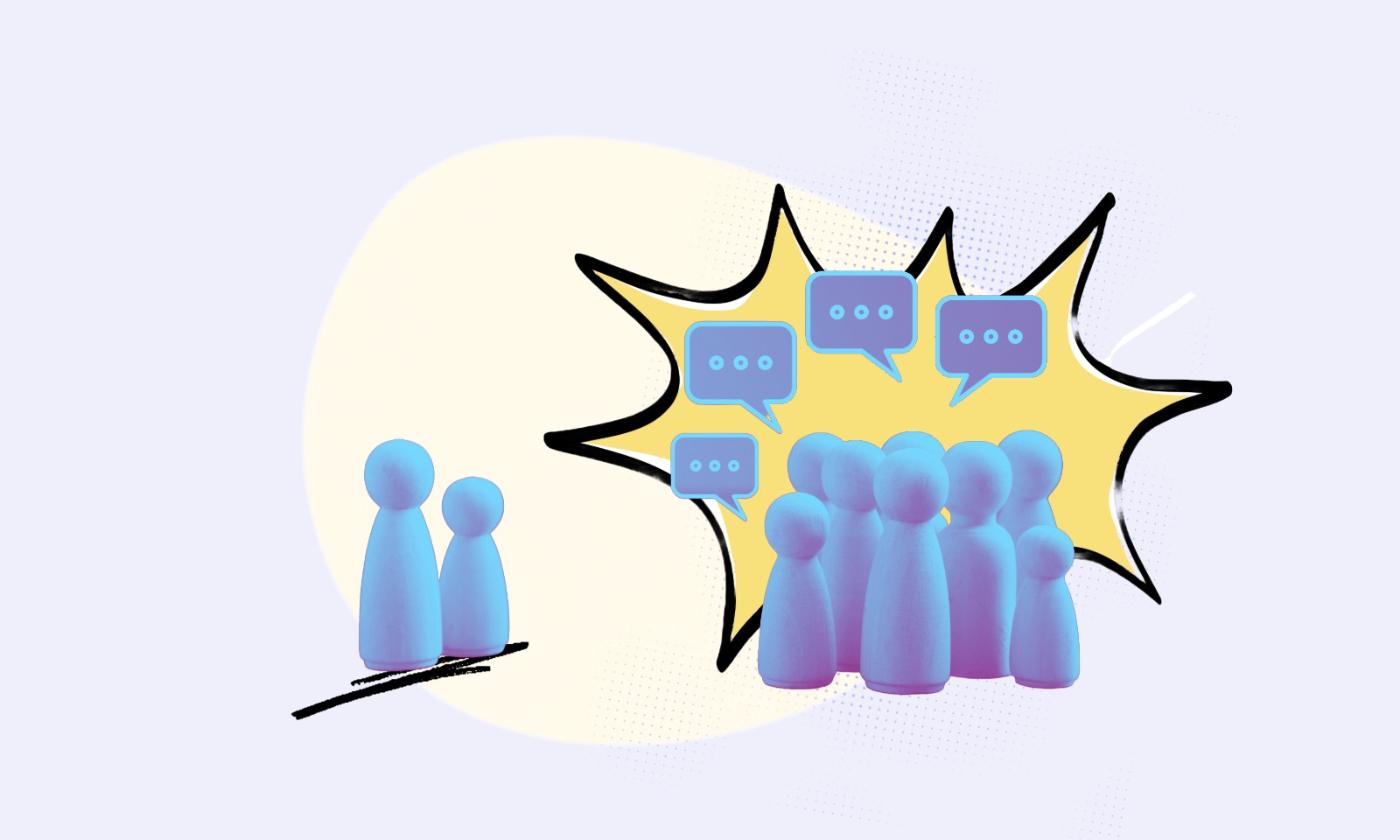Jun 6, 2024
Technology
2
min read

Joseph Moore
,
Front-end Developer
2024 UPDATE:
Large images can significantly slow down your website, leading to higher bounce rates and lower search rankings.
Modern image formats like AVIF and WebP offer superior compression and quality, improving load times.
Digital Asset Management (DAM) systems and Content Delivery Networks (CDNs) now offer advanced features for automatic image optimisation and format conversion.
This article explores these modern solutions to help you enhance your site's performance and user experience in 2024.
Web developers spend hours researching, testing, and tweaking their code to ensure a web page works as well as it can. However, choosing and uploading imagery to a content management system (CMS) often falls to a content editor who may not have a technical background.
A content editor’s skills typically lie in writing engaging copy and choosing vibrant graphics, but they can't be expected to have a deep understanding of image file formats and compression ratios. Without tools or workflows that can handle this automatically for them, not taking any action to adjust file sizes of images and videos can lead to page sizes growing significantly, resulting in longer load times and higher bounce rates.
This is a problem.

It’s well known that slow web pages have higher bounce rates and that site speed is part of Google’s ranking algorithm. Research from Google (see above) shows the impact of slow page load times on bounce rates – the slower your page loads, the more people will leave.
Help is at hand with WEBP and AVIF
The web is continually evolving, and browsers are supporting new features like the AVIF and WebP image file formats. While most people are familiar with JPEG and PNG, these formats can result in large file sizes if not compressed properly.
AVIF and WebP are modern image formats that can replace both JPEGs and PNGs, offering smaller file sizes and better image quality. AVIF, in particular, provides even more significant compression and image quality improvements compared to WebP.
A tool to automate image conversion and optimisation
At Codehouse, we ensure our customers' websites look great and perform brilliantly by testing new tools and technologies. Today, many DAM systems and CDNs offer built-in features for automating image optimisation.
For example, services like Cloudinary, ImageKit, and Optimole can automatically convert images to AVIF or WebP formats, compress them, and serve the optimised versions based on the user's browser capabilities. These tools integrate seamlessly with various CMS platforms, like Sitecore, Storyblok or Sanity, allowing content editors to upload images without worrying about compression.
Additionally, many DAM systems, such as Optimizely DAM, Digizuite and Sitecore Content Hub, and CDNs like Akamai and Cloudflare, offer advanced image optimisation features. They can automatically handle image compression, format conversion, and delivery, ensuring that your website serves fully optimised images quickly and efficiently.
Working with Codehouse
If you have a Sitecore website and are concerned about large image sizes affecting your load times and bounce rates, or if you're unsure about your page load times, we can help. Get in touch.
By focusing on image optimisation, leveraging AVIF and WebP formats, and using modern DAM and CDN tools for automated image optimisation, you can significantly improve your website's performance and user experience in 2024.








